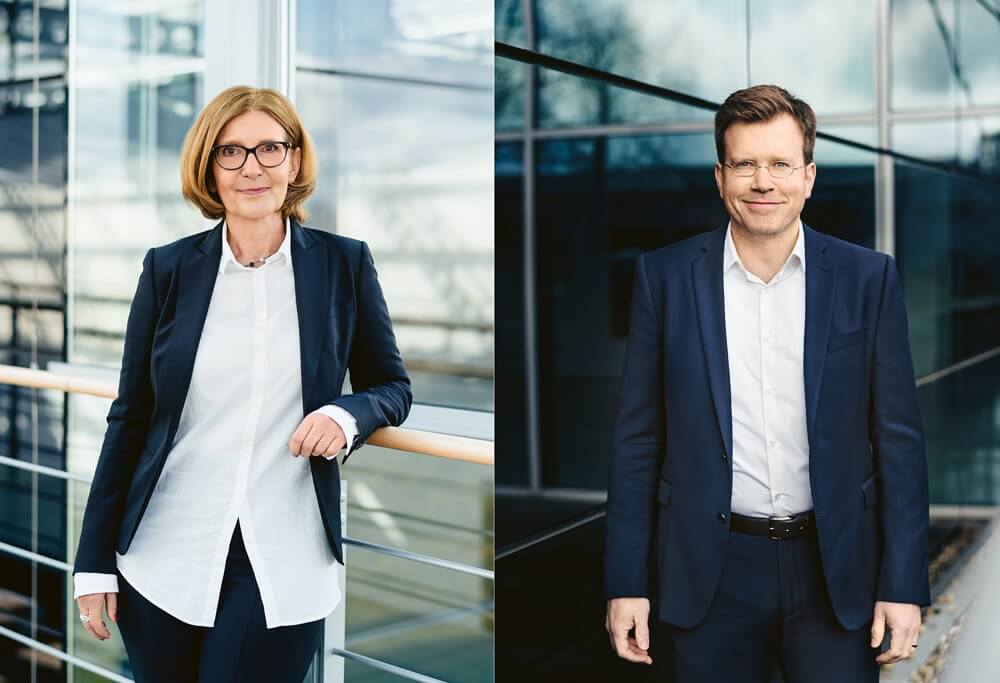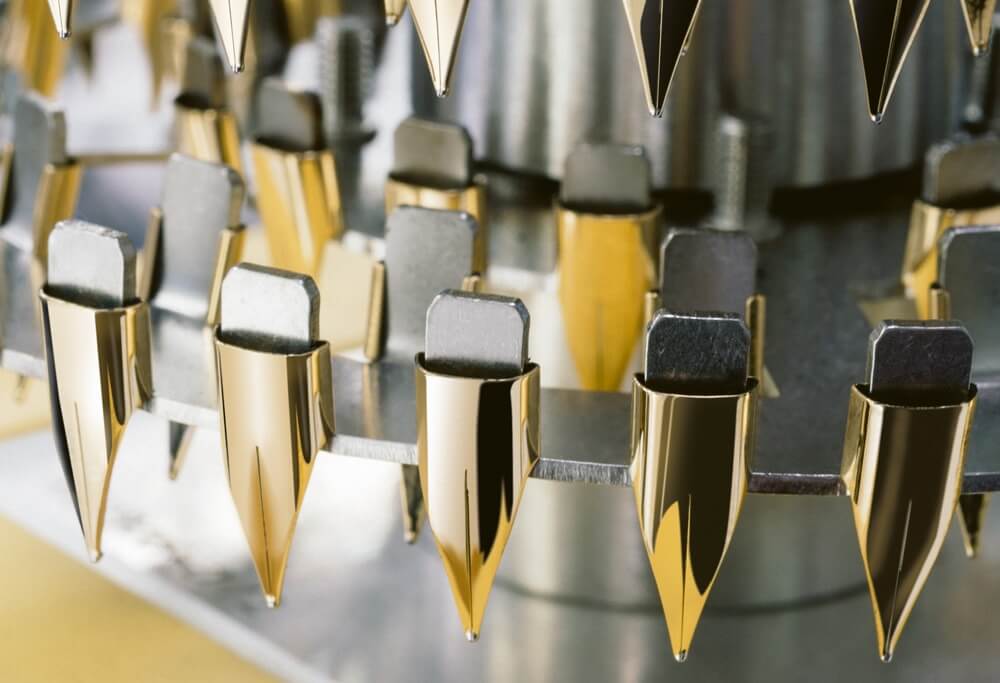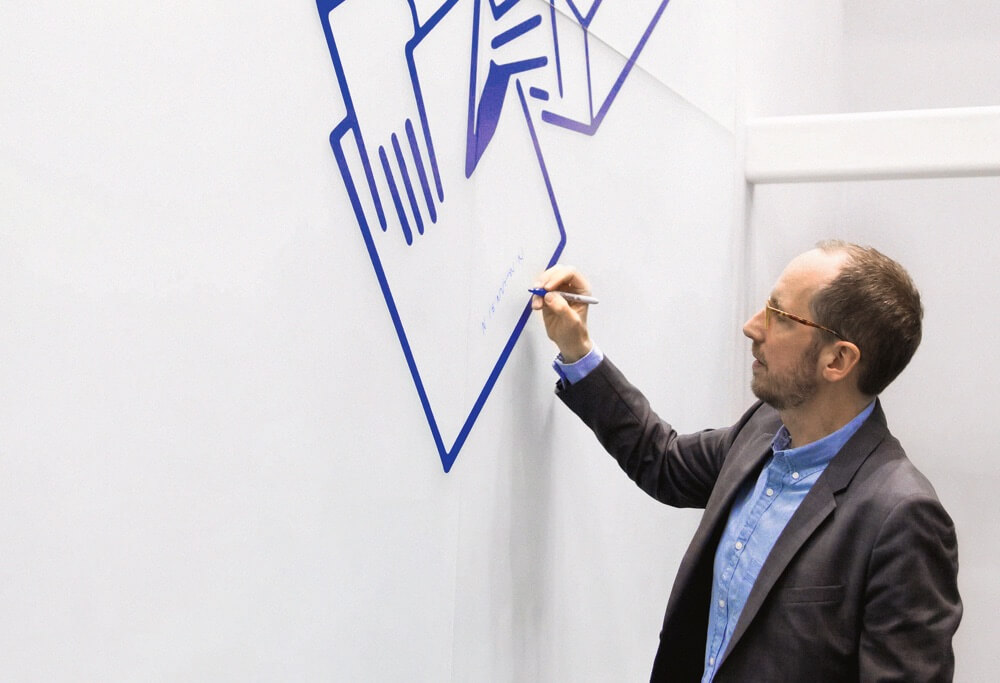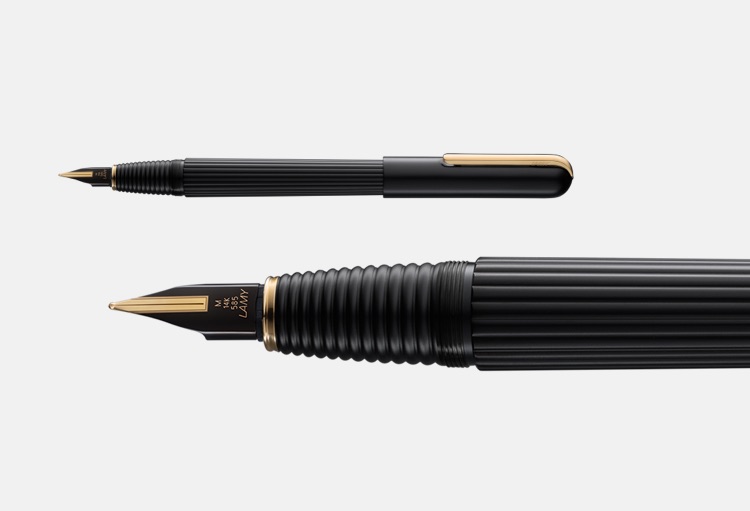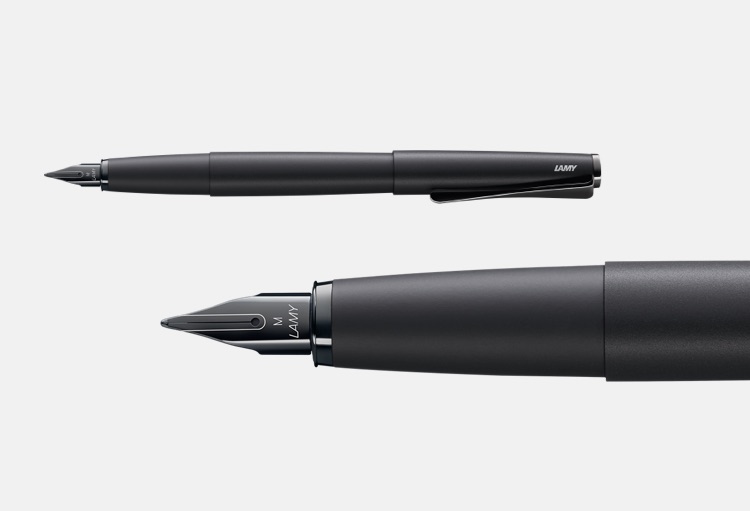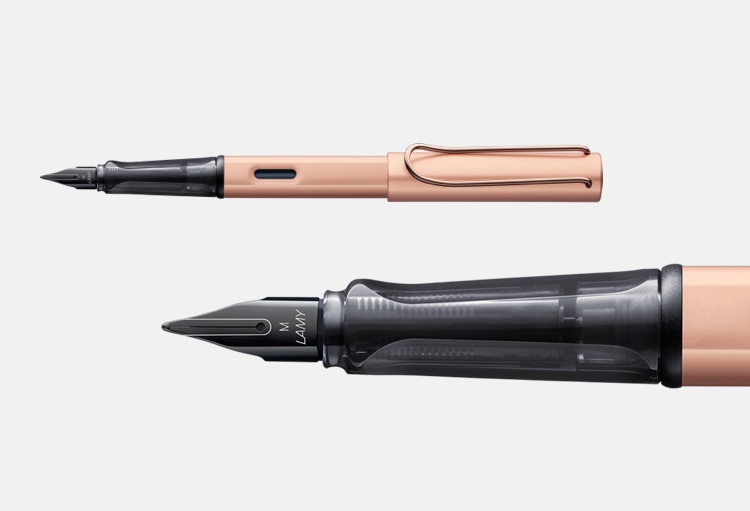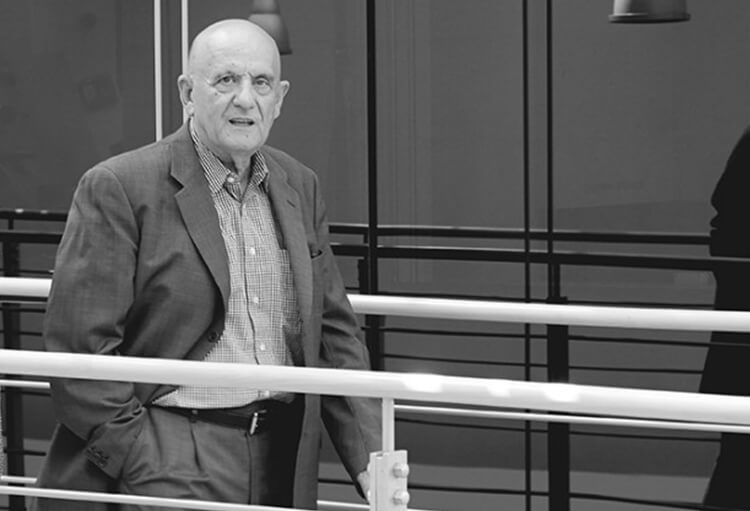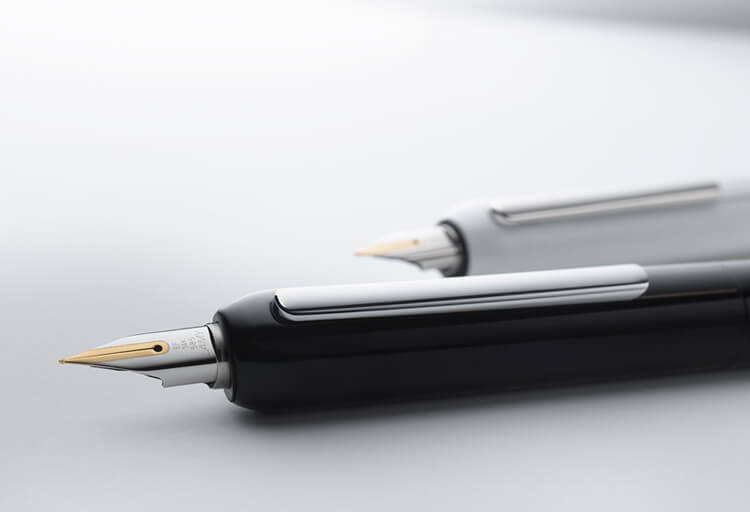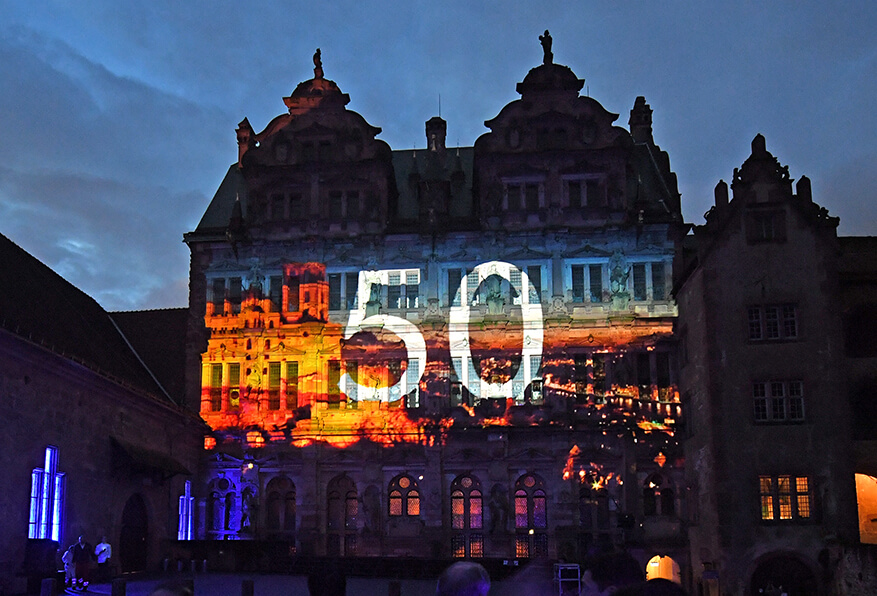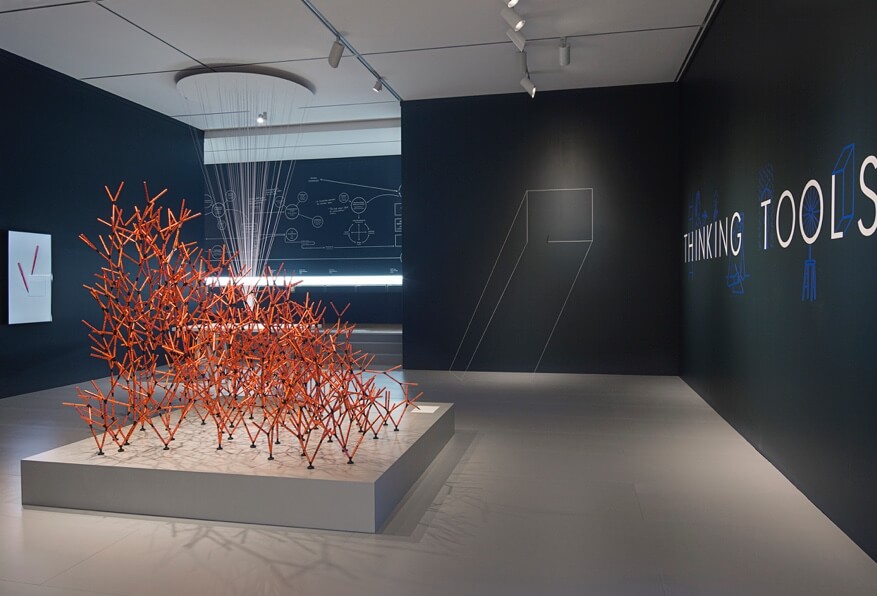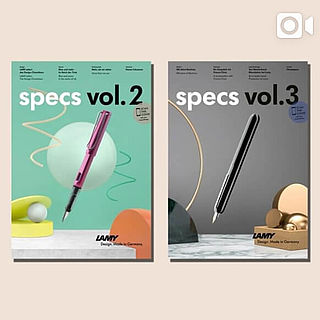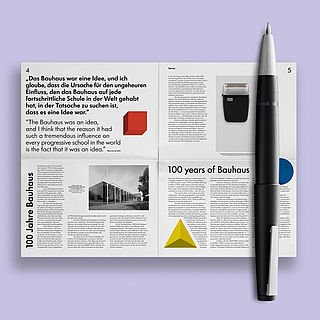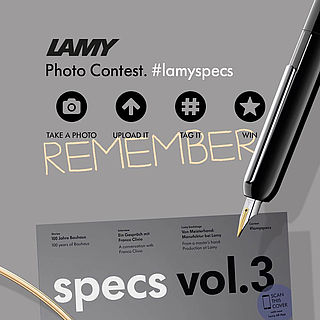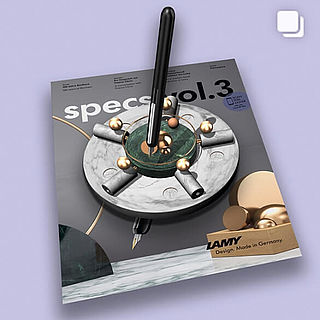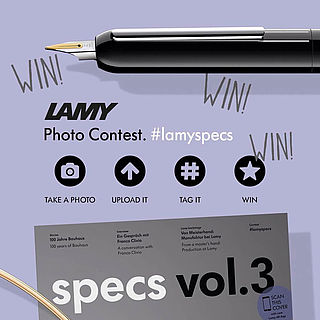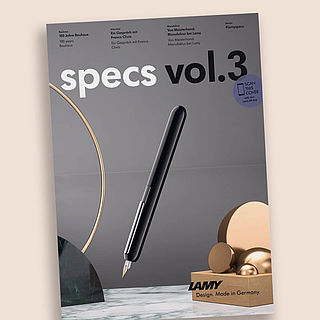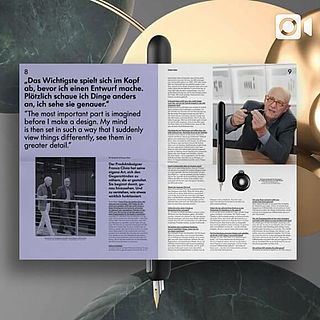Quiet luxury
About new values and the beauty of simplicity.
By Gerrit Terstiege.
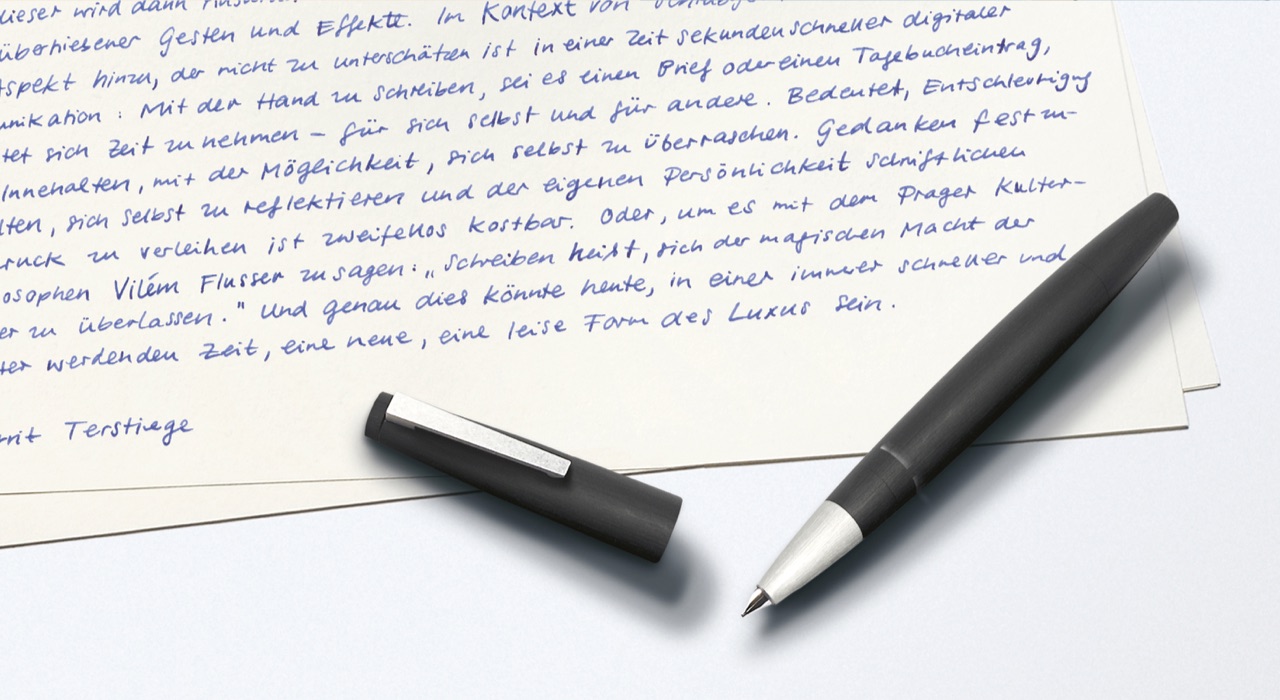
An interesting question: What does luxury mean today? How has our relationship to things of value and quality changed? Is it still about giving visible expression to our social standing?
There is no doubt that this phenomenon has always existed, throughout the ages and in every culture – and there are no signs of it ever completely disappearing. The glass cabinets of cultural history museums are full of splendid artefacts which clearly show the rank and importance of their former owners.
But more and more there is a different, a more conscious attitude to the things that we use every day and which characterise us. For a long time, the car was the ideal way to communicate wealth to the outside world: the car has a long history of use as a means of self-projection, a completely public and symbolic object with which we become one as we drive.
The German-American art historian Erwin Panofsky once examined the famous Rolls-Royce radiator grille and noted its similarities to antique temples. Even John Lennon fell victim to its aura and bought a Rolls-Royce Phantom V Touring in 1966 – only to have it painted almost immediately to look like a circus wagon in bright yellow with flowers and scrolls. An ironic gesture with which Lennon humorously took the classic status symbol to absurdity.
And today? Representatives of a younger, affluent generation, in particular, are increasingly turning their backs on the car, preferring to use car-sharing services or to invest in excellent racing or mountain bikes. Other traditional status symbols such as expensive watches have also lost a great deal of their former popularity. Many people who could certainly afford an expensive watch do not wear a watch at all, as if this were the true definition of luxury: not having to be punctual at all times and everywhere.
Understatement and simplicity are also increasingly the outstanding features of contemporary architecture. Designs are often subject to formal strictness, coupled with a deliberate material selection, a smart space concept which may not even be identifiable from outside, energy-efficient installations and networked systems.Splendour and vulgarity, columns and styles adopted from classic buildings from history have long since been consigned to the past. Renowned international master builders such as Tadao Ando, Peter Zumthor and Arno Brandlhuber are setting new standards in this respect with the quiet architectural language involving innovative approaches rather than building on tradition and gestures to show off wealth.
And even the design of furniture and consumer goods features a new simplicity, at the latest since Briton Jasper Morrison and his Japanese colleague Naoto Fukasawa created the “supernormal” design which is based on an archetypal product design in many areas of life rather than entering the general race to create more and more unusual shapes.
Suddenly, a chair by Morrison looks like a chair again, and a table looks like a table! This new simplicity, which is carefully tailored in the material combinations, colours and details and certainly includes technical production and formal innovations, creates a new beauty for everyday things, a beauty they seemed to have been lacking for some considerable time.
Graphic designer Stefan Sagmeister, who lives in New York, recently published an extensive study into beauty in art, design and architecture together with his professional partner Jessica Walsh, which, in book and exhibition form, is the equivalent of a manifesto: “We believe that beauty in itself is a function”, is what they say. Designers have not spoken like that for what seems like an age. For a long time, anything that was sloping or unusual exclusively drew a distinction: more is more! Luxury was supposed to be identifiable at first glance, beauty and functionality became secondary.
And in view of this, we have to ask: how durable is a design which only features the latest trends? And how questionable is parading wealth for its own sake in the current time where there is really no dearth of social problems?
“Quiet luxury”, on the other hand, could be described as a completely different attitude – an attitude which knows the value of a product, recognises its quality and technical finesse which may not be on show through a quick glance. Perhaps it is time to demonstrate how valuable an item which we carry around for many years can actually become. This can also be an expression of our personality – but not fleetingly by overdone gestures and effects.
In the context of writing instruments, there is without question another aspect which should not be underestimated in a time of digital communication that takes just seconds: Writing by hand, whether it is a letter or a diary entry, means taking time – for oneself and for others. It means slowing down and stopping with the potential to surprise oneself. Holding thoughts, reflecting on oneself and giving one’s own personality written expression is undoubtedly precious.
Or, as Prague cultural philosopher Vilém Flusser put it: “Writing means surrendering yourself to the magical power of words.” And precisely at a time when the world is becoming ever faster and louder, this could be a new, quiet form of luxury.
